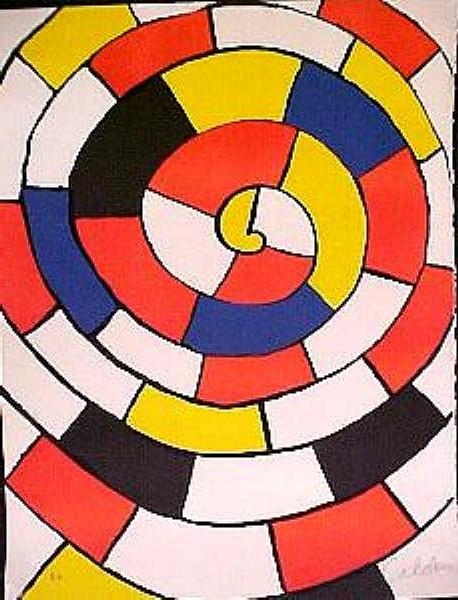

I drove up 9th, crossed Market and merged left, aiming to get one of the prized spaces near Van Ness. But blocks away, all on-street parking was taken even though it was early yet--a little past 7.
I soon realized that the problem wasn’t only that it was a wet windy night and Sleeping Beauty was opening. Davies Hall was also ready for business, a reggae concert was underway at the Bill Graham center, and who knew what City Hall was weathering. The situation was grim. Even my dependable parking lot was jammed with cars doubled down its length. Still, I slowed to check out the situation and noticed that a couple were heading from their car out of the carpark in the direction of the theater. I decided to investigate and plowed in. Right away I discovered an open space next to the old ticket booth and the new money depository. It probably was too small for any but a diminuttve car like mine. I just had to figure out how to pull in and leave room to open the door.
As I was about to try and manuever into the narrow slot, wondering if I had five dollars to cram into the machine, I caught sight in the rear view mirror of a lopsided guy wearing a cap and shuffling up to the car from out of the dark. He looked shattered and needy, too much so to be working the lot, which made me hestitate to roll down my window. Yet last time I encountered such a guy he seemed like the real deal, with a change belt to prove it. What better job could such a fellow have? Then I noticed the red and white ticket stubs clutched in his hand. Okay, so he does work the lot, I thought.
I rolled down my window.
Wanna park? he asked hungrily.
How much is it?
Ten dollars.
Oh, I said. I think I’ll look for something on the strreet.
Well, I’ll make it five, he offered quickly, not unkindly. Just back up over here.
The parking attendant was black and in advanced middle age, working hard to be official, despite a lack of focus, and proving himself flexible. I liked that spirit. But what kind of spot do you get for half price?
The rain was sifting down in a soft veil. It was difficult to see as I moved in reverse, so I inched back nervously. The attendant watched with a bruised and bewildered air. I shared the confusion--cars were everywhere and there seemed to be nowhere to turn.
Suddenly a second man, trim and Indian, lurched up out of the darkness. I slammed on my brakes. He began screaming at the ticket taker and pushed him hard. The attendant shoved back and the fight was on, awkward, muscular, and vicious as real violence is. My windows were closed but I began screaming at them to stop, instantly fogging up the car. I rolled down the windows, stuck my head out, and continued screeching.
The shambling man had stolen the second man’s bounty.
The Indian man, breathless, came up to my car ranting.
I said: You shouldn’t fight. It’s not good for your--should I say karma? That sounded patronizing and corny--soul, I said. It harms you.
Don’t you see the signs everywhere? It says not to give money to anyone claiming to be an attendant. They’re all over the lot.
Can I park there? pointing at the narrow slot open.
NO, there’s no parking, he raged.
I know you need to make the money yourself--
I don’t need to make money. I own the lot. The lot is closed. I’m going to have all these people towed. He’s blocked the cars and people can’t get out and they’re calling me on my cell phone telling me I’m liable. No one is supposed to park here until 6am tomorrow when the construction crew comes. They were supposed to put up barriers so no one can get in.
You can’t tow them, I said. They’ve gone to the symphony and the ballet. They’re at a concert.
I’ve put signs everywhere.
Maybe you could--
They’re telling me I’m responsible.
Call the police. Tell them what happened.
I’m calling them right now.
Ask them to help.
Yes, I’ll call the police. I’m sorry, I’m very sorry.



